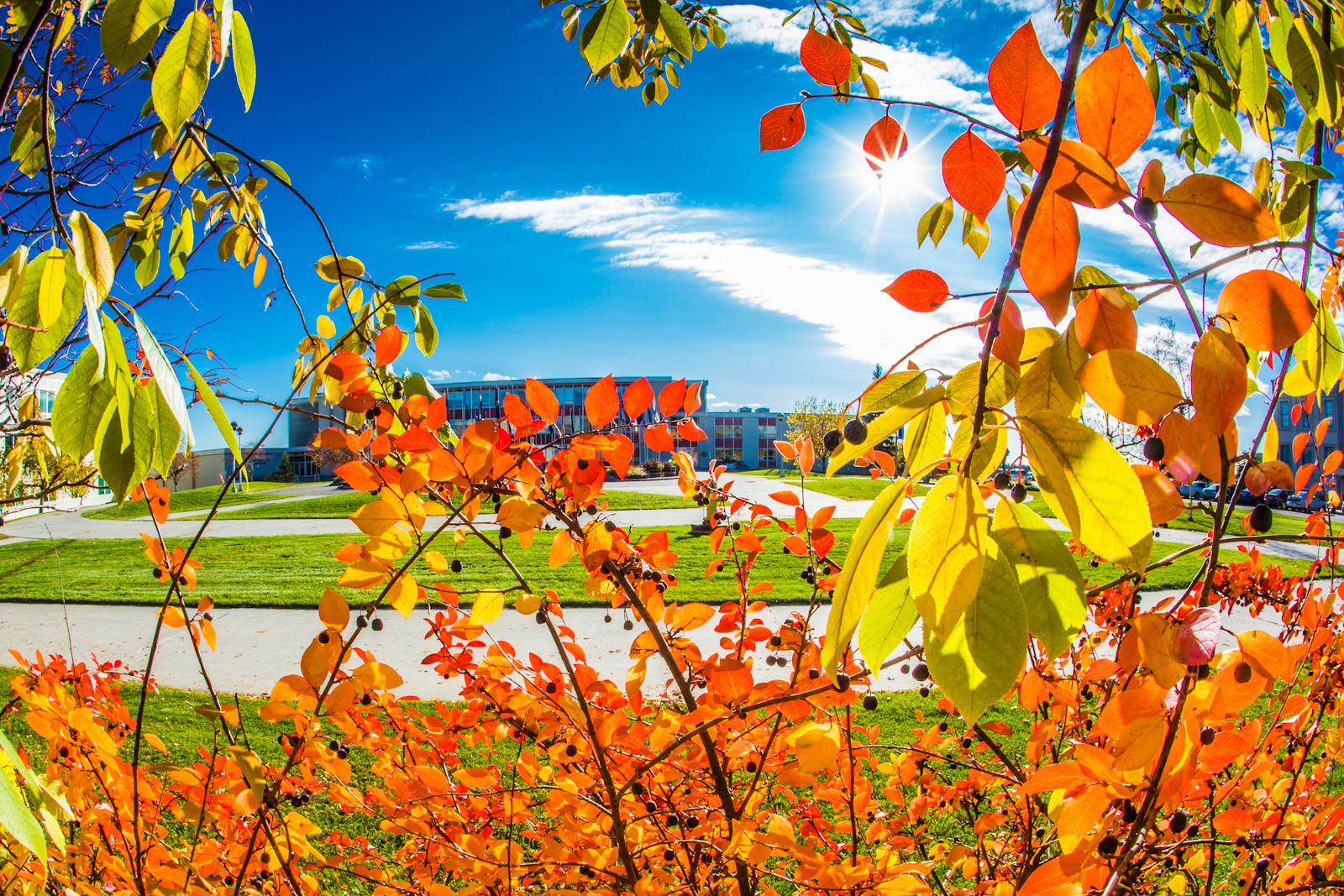Are you SAD?
October 2, 2019

It feels like fall has just flown by this year! It's one of the most beautiful time of year in Alaska. It’s also the time of year when we start losing daylight fast. That can mean seasonal affective disorder, or SAD. (You know how much we love acronyms.) Have you heard of it? Does it affect you or someone you know?
Seasonal affective disorder is a type of depression regularly occurring during fall or winter, particularly in the more northern regions. In general, the higher the latitude, the higher the risk (and we’re pretty far north!).
As the seasons change, a shift occurs in our biological clocks, due partly to changes in sunlight patterns. Serotonin levels drop and melatonin is released off schedule. This causes our biological clocks to become out of step with our daily schedules. A family history of depression may increase your risk of experiencing SAD. So how do you know if you are affected by seasonal change?
Here are some common symptoms:
- Excessive eating and sleeping
- Weight gain
- Cravings for sugary and/or starchy foods
- Feeling sad, grumpy, moody or anxious
- Losing interest in activities you previously enjoyed
- Feeling drowsy or sluggish during the day
- Inability to concentrate
- “Heavy” feeling in arms and legs
- Symptoms come and go about the same time each year
So how do you treat it? Or better yet, prevent it?
- Shift your thinking: While SAD is biological, a shift in your thought processes can help. When feeling down, combat the temptation to fall into a funk by doing something social or starting a new hobby.
- Arrange your home or office to let in more sunlight.
- Take a Vitamin D supplement.
- Spend time with friends.
- Eat healthy foods: Oatmeal, whole grains, brown rice and bananas can all boost serotonin levels in the brain, as can foods rich in Omega-3’s (like our beautiful salmon!). Eating a healthy, balanced diet can give you energy and keep the SAD symptoms at bay.
- Exercise outside (weather permitting). Studies have shown that walking for one hour in the winter sunlight is as effective as two and a half hours under bright artificial light. Exercise releases endorphins, serotonin and other "feel-good" chemicals in the brain. It will improve the quality of your sleep and boost your self-esteem.
- Create a self-care routine.
- Use mind/body therapies. Meditation, yoga, tai chi or deep breathing can all alter brain function and improve the quality of your thoughts and feelings.
- Cognitive behavioral therapy. Students, please make an appointment with a UAF counselor. (Staff and faculty can learn more through the Employee Assistance Program.)
- Antidepressants: For more severe cases of SAD, a prescription for antidepressants may be most effective.
The most widely used treatment for SAD is light therapy, where patients spend time each day under a bank of white fluorescent lights. The Student Health and Counseling Center has “happy lights” that students can rent for two weeks at a time. Just sit under the light (preferably first thing in the morning) for 20-30 minutes, with the light shining on your face.
Eighty percent of SAD sufferers show improvement with light therapy after two to four days of treatment. Try one out! If it is helpful, we can recommend where to purchase one. If you feel your symptoms do not improve with the light box, please make an appointment to see a counselor.
Your UAF counselors are here to help! SAD is a very real thing in Alaska and can become quite severe. Symptoms may start as early as September and last well into April or May. We want each of you to have an enjoyable fall and winter season at UAF. We can help you find a way to treat SAD that works best for you.
UAF Student Health and Counseling Center
Whitaker Building, 1788 Yukon Drive
474-7043


